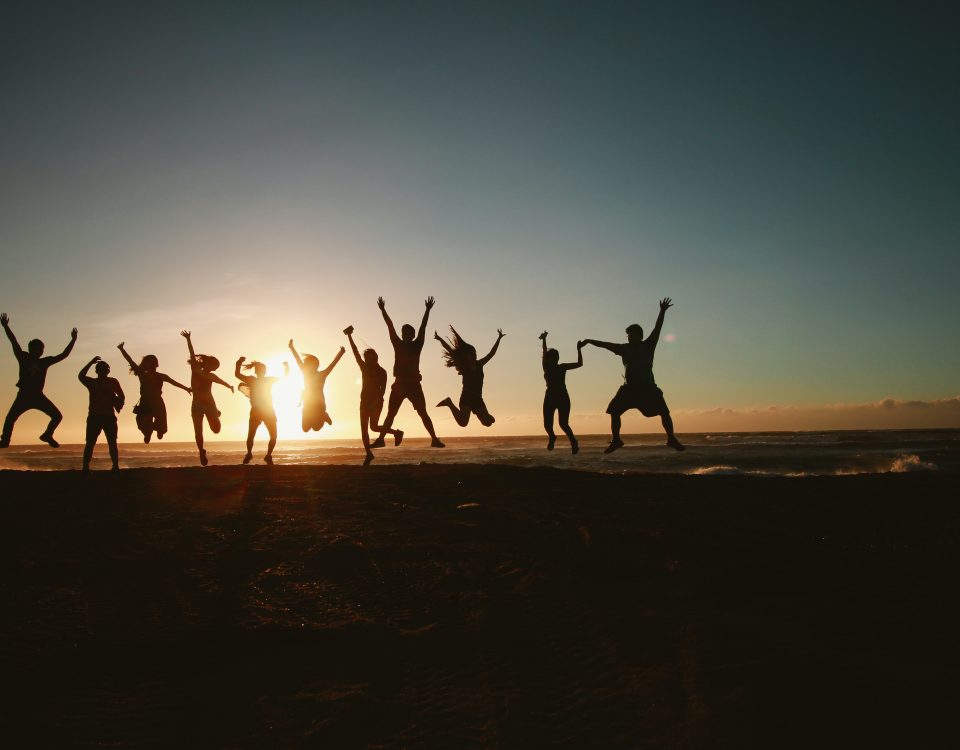Sleeping Beauty and the future of (teacher) education

Long-COVID-19 – The need to (re-)research about teacher educators’ professional learning needs
February 1, 2022
Identifying School-Based Teacher Educators’ Professional Learning Needs: An International Survey
December 13, 2023Sleeping Beauty and the future of (teacher) education

What if you fell asleep and wake up one hundred years from now? How do you think education smells in 2123? Which metaphor would best represent the teacher-student relationship we see? Which animal do you hope runs the school premises? Sixty educational professionals working in all areas of the educational field explored these and other creative thought experiments in a research on future-proof teaching in a trip down future-lane… They collected some powerful imaginative glimpses of the future of (teacher) education.
Imagine…
The open learning spaces in which in and outdoor learning environments are intertwined. A fresh ocean breeze naturally mixes with the smells and colours of different flowers and blossoms. A strong but sweet odeur of cut wood and sweating pictures the deep learning and hard work that is taking place. In this pedagogical climate teacher-student relationships have evolved from “assumed separation to assumed connection” (Downes, 2013) and show us concentric working relationships in which roles of teachers and learners are equally valued, dynamicly distributed and intergenerational by nature. We live together, we learn together. We look at learning as personal development and aim for people who ‘flourish’ rather than ‘achieve success’. Both matters from the heart and head are included in the curriculum; knowledge and crafts getting as much attention as life skills and (emotional) care taking. Leading the place has become a shared responsibility in which qualities of the tiger (being alert), the owl (have a full look around), dolphins (playfulness) and agate snails (taking it slow) are combined for flexible and adaptive leadership. Imagine what such a future of education would ask of us teacher educators? What does it take to get there…?
Forecasting the future helps thinking of ourselves as professionals that can turn wishful thinking into self-fulfilling prophecies!
Being responsible for the future
Do the images we collected really foretell the future of education? According to futurism there is no one future to foretell, but there are many futures to wish ad strive for (Cramer, 2020; Van Leemput, 2020). Maybe the future images we collected are wishful thinking mainly, dreams rather than upcoming realities. But the magic happened in the process: 60 professionals shared their intuitive wishes about the future of education in a professional dialogue filled with their experiences, their professional identities and their hopes and visions. Along the way the process of predicting the future made us realize that past, present and future are closely connected. Looking into the future helped us see the present more sharply and understand the past in new ways. It issued a shared feeling of being responsible for the future of (teacher) education and empowered our thinking of ourselves as professionals that can turn wishful thinking into self-fulfilling prophecies!
References
Cramer, T. L. (2020). Becoming Futurists: Reluctant professionals searching for common ground. Doctoral Thesis. Maastricht: Maastricht University.
Downes, P. (2013). Developing a framework and agenda for students’ voices in the school system across Europa: from diametric to concentric relational spaces for early school leaving prevention. European Journal of Education, 48(3), 346-362.
Van Leemput, M. (2020). Waking up to the future. Tedx Vilvoorde, 20 October 2020. Retrieved from www.ted.com, May 10 2022.




